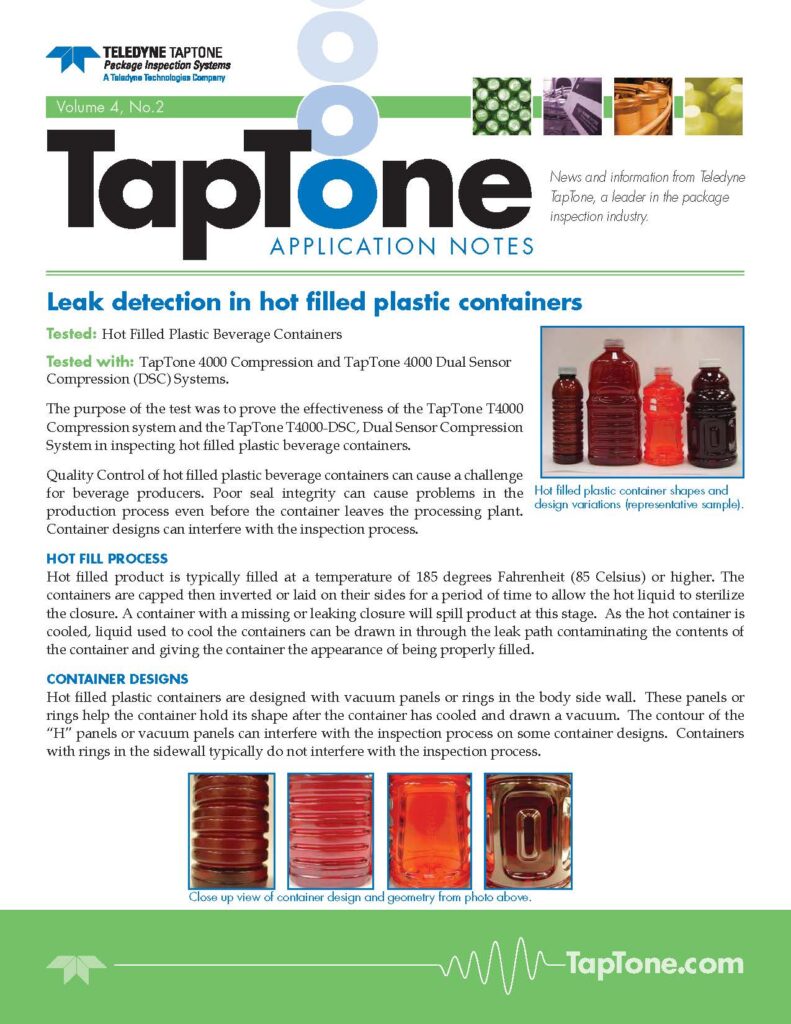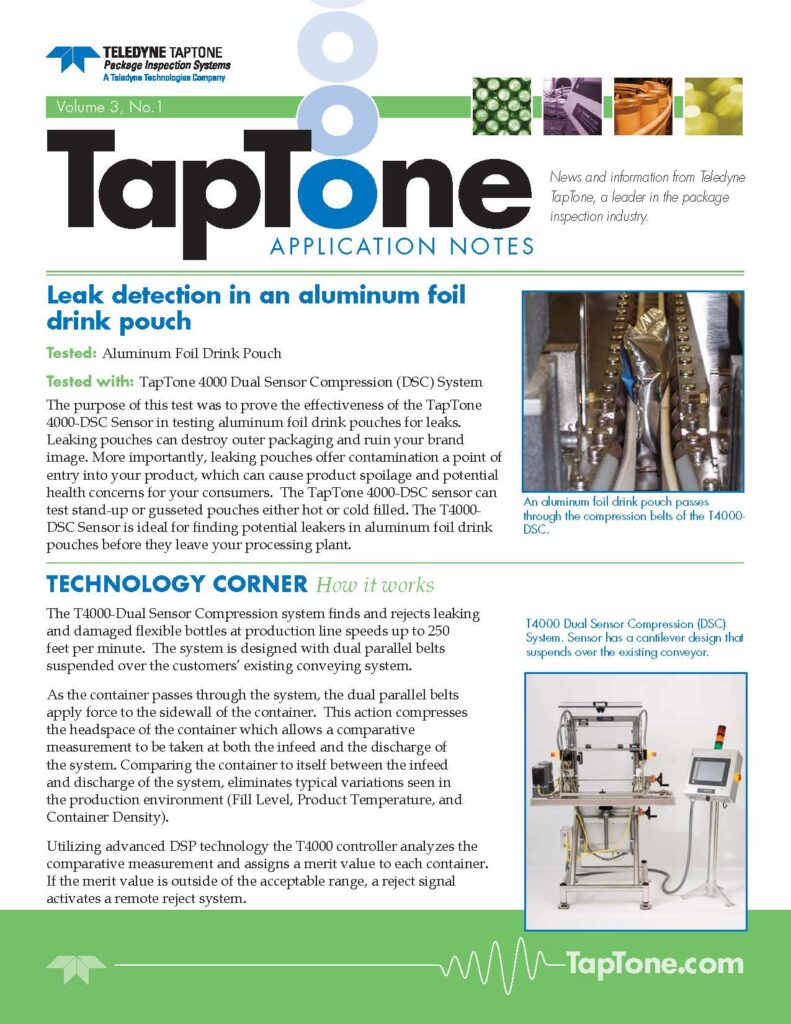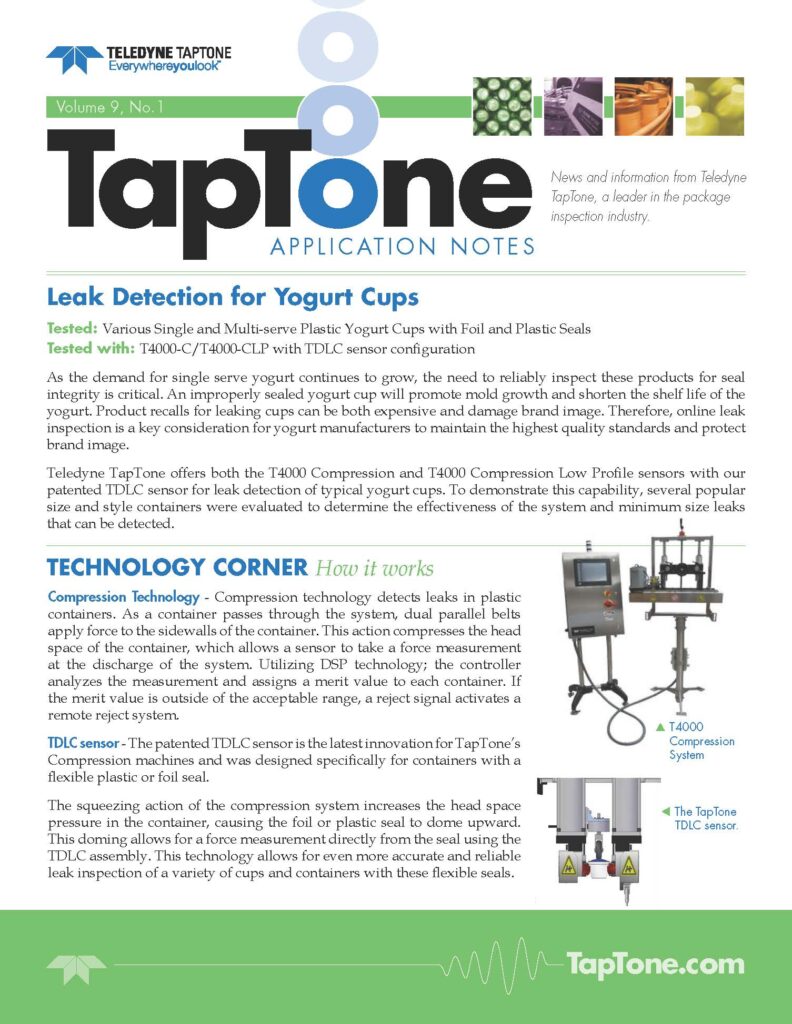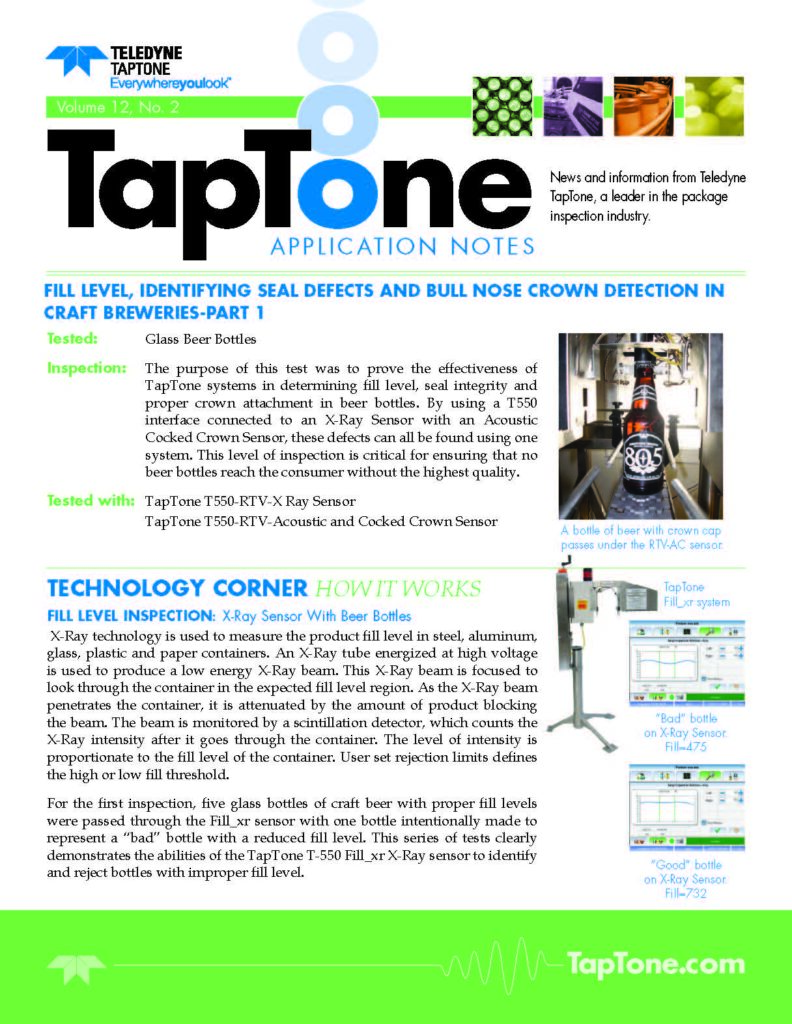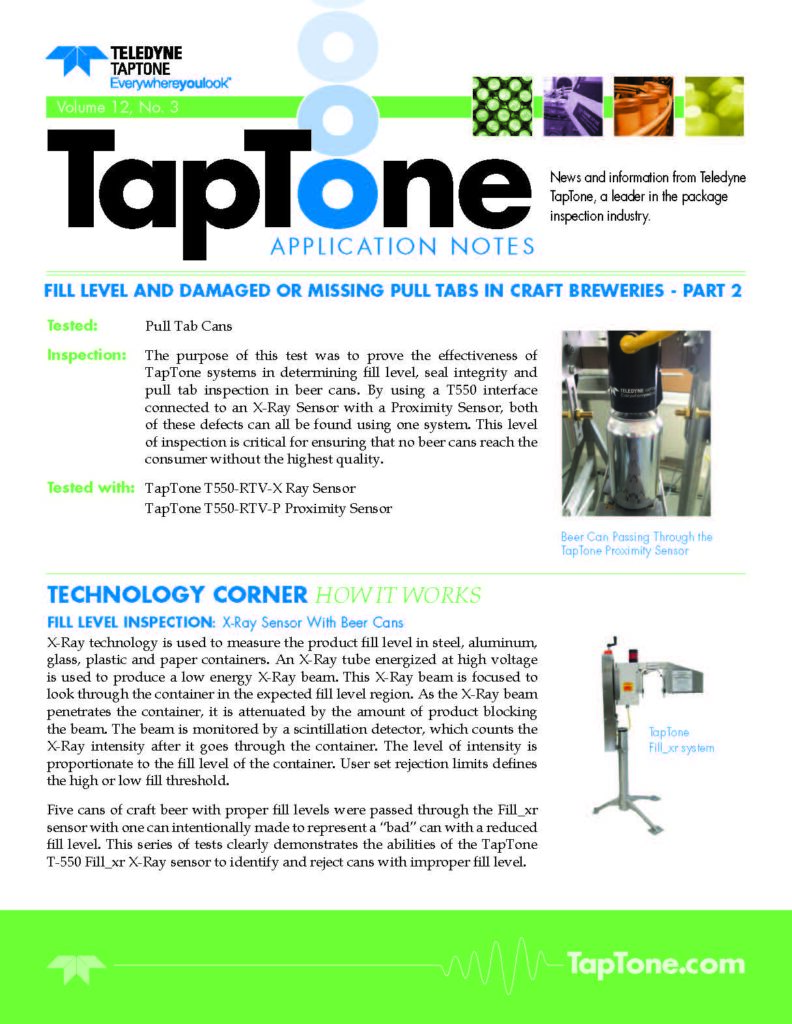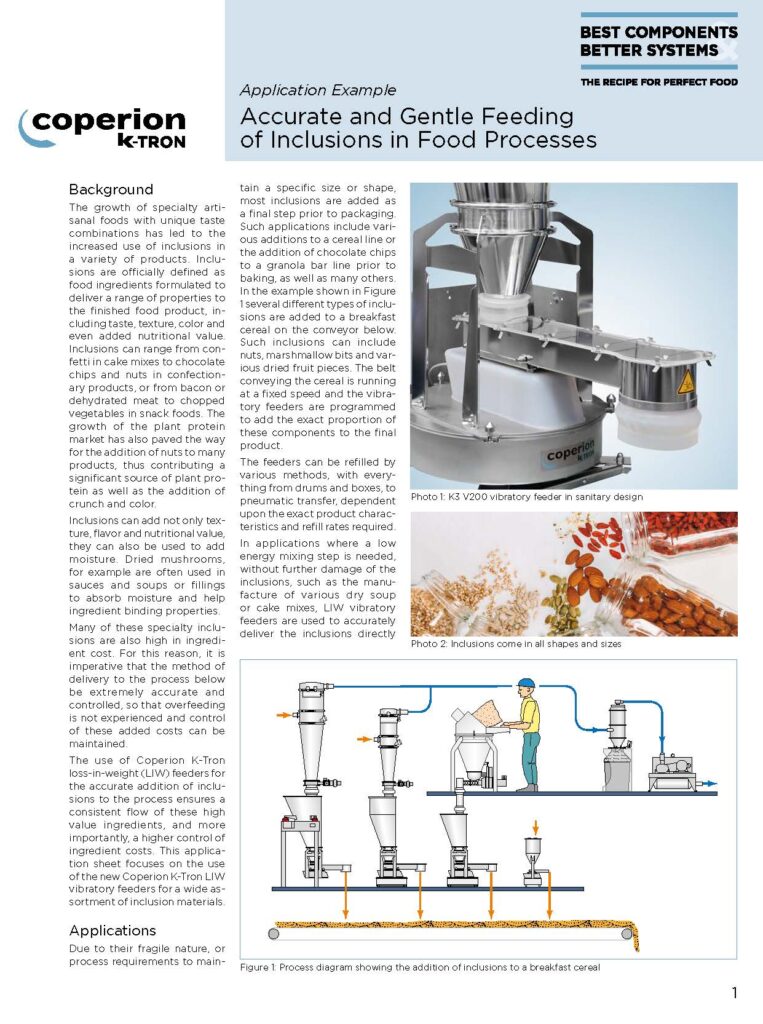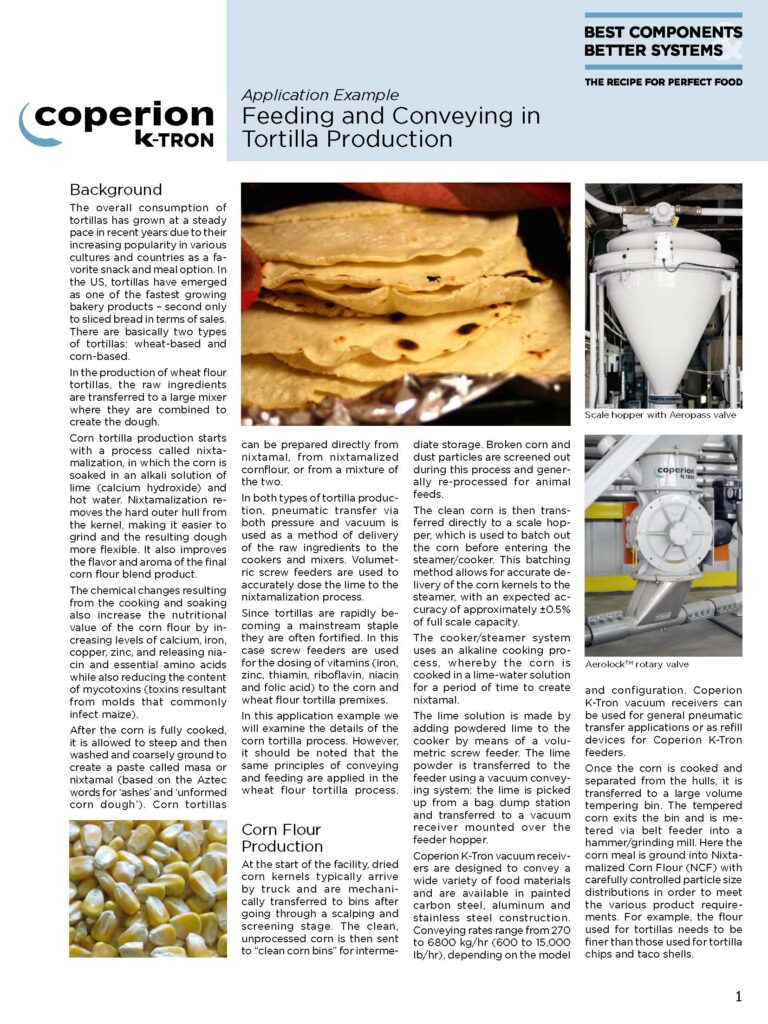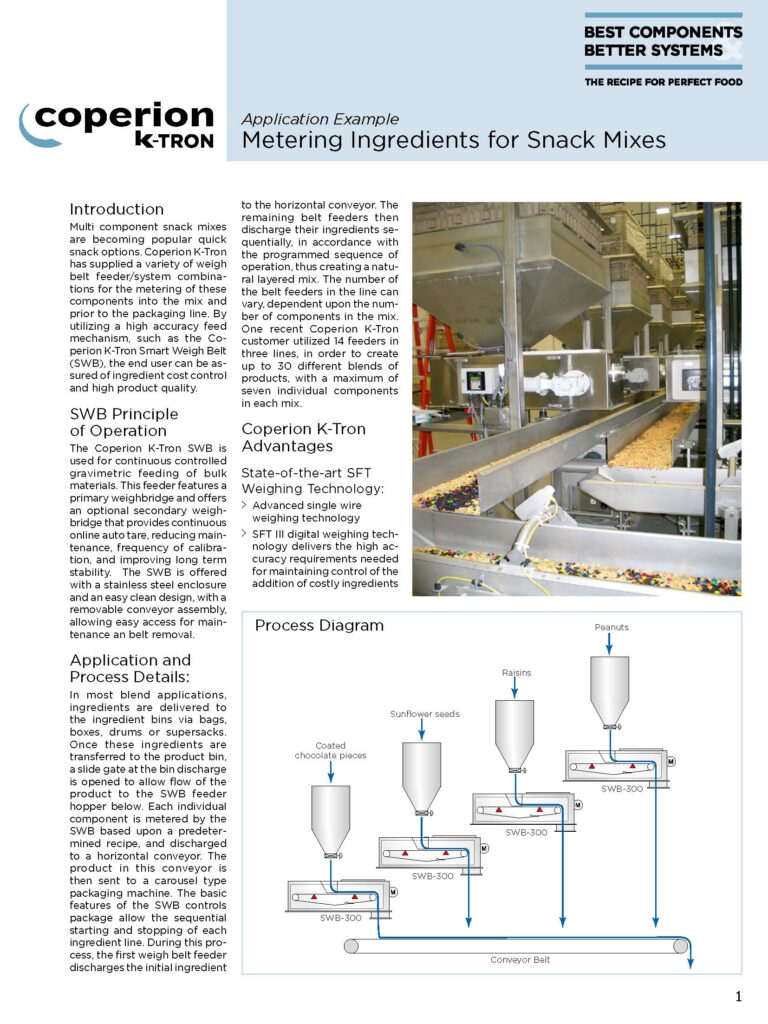Leak Detection in Hot Filled Plastic Containers
Hot filled plastic containers are designed with vacuum panels or rings in the body side wall. These panels or rings help the container hold its shape after the container has cooled and drawn a vacuum. The contour of the “H” panels or vacuum panels can interfere with the inspection process on some container designs. Containers with rings in the sidewall typically do not interfere with the inspection process.
Leak Detection in Hot Filled Plastic Containers Read More »

